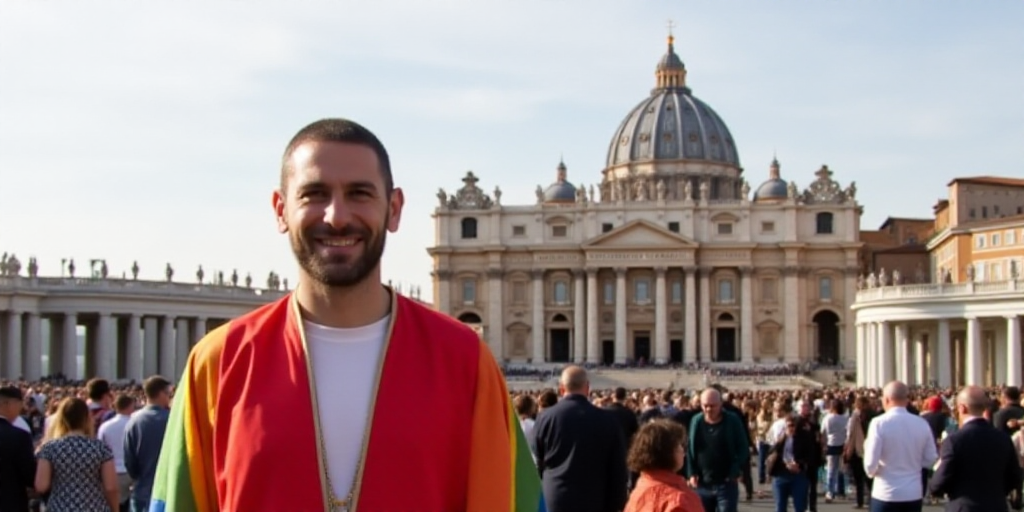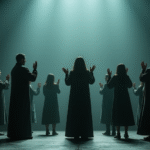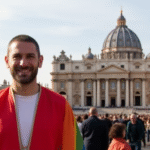Background and Significance
Over a thousand LGBT+ Catholics and their families are participating in a pilgrimage to the Vatican during the “Holy Year,” marking a first and an “important sign” towards greater diversity within the Catholic Church.
More than 1,400 individuals from around twenty countries have responded to an invitation by the Italian association La Tenda di Gionata (Jonathan’s Tent) to take part in the Church’s Jubilee, held every 25 years.
Participants and Their Journey
Yveline Behets, a 68-year-old transgender woman from Brussels, walked 130 km on foot along the Via Francigena with about thirty LGBT+ individuals to reach Rome.
The Via Francigena is a pilgrimage route starting in England, crossing France and Switzerland, and ending at St. Peter’s Square in the Vatican.
Reactions and Challenges
Despite the relational and cultural difficulties within the Catholic environment, where LGBT+ individuals don’t always feel recognized, Behets hopes the Church will grant more space to “diversity”.
“We are not foreigners being exceptionally welcomed… we are part of the same family,” she emphasizes, wearing a white t-shirt with the familiar rainbow colors.
Mass and Testimonies
On Saturday morning, several hundred pilgrims attended a mass led by the vice president of the Italian Bishops Conference at the Church of the Gesù in central Rome, following a vigil of prayer on Friday marked by personal testimonies.
Key Questions and Answers
- What is the significance of this pilgrimage? This pilgrimage marks a first in the official Jubilee calendar and signifies progress towards greater diversity within the Catholic Church.
- Who are the participants? Over a thousand LGBT+ Catholics and their families from around twenty countries are taking part in this pilgrimage.
- What challenges do LGBT+ individuals face within the Catholic Church? There is fear and a lack of understanding about LGBT+ individuals’ lives, particularly regarding access to sacraments for couples.
- How has Pope Francis addressed LGBT+ issues during his papacy? Although he has shown gestures of welcome towards the LGBT+ community, Pope Francis did not change doctrine. His decision to allow blessings for same-sex couples in late 2023 faced strong opposition, especially in Africa.
- What can we expect from Pope Francis’ successor regarding LGBT+ issues? His successor, who has been discreet on the topic so far, remains uncertain.
- What changes does Beatrice Sarti hope to see? Despite progress, Sarti believes there is still much work to be done in making the Church more inclusive for LGBT+ individuals.






